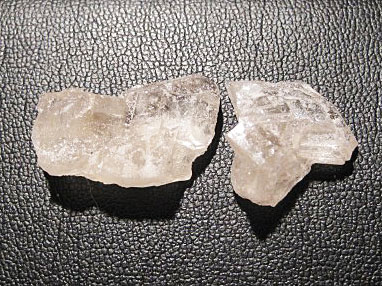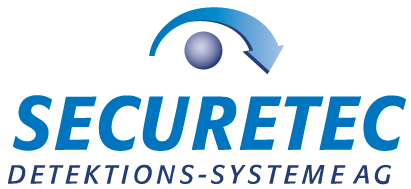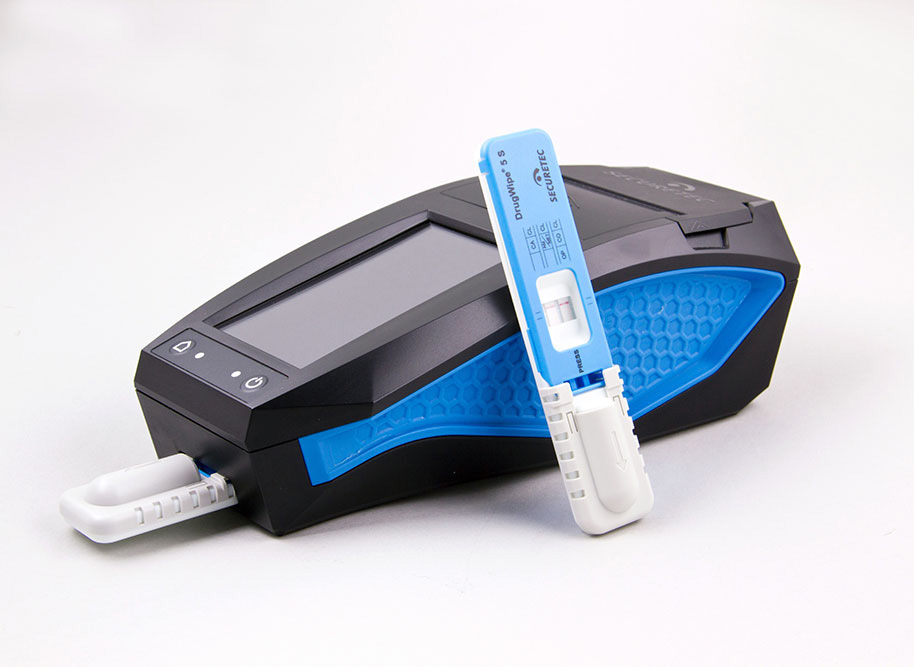
Ecstasy is back
In the late 1980s, MDMA (3,4-methylenedioxy methamphetamine), commonly known as ecstasy, became the drug of choice on the rave scene. Due to its stimulating and euphoria-inducing effects, its use was a regular feature at techno music events. Later, the drug, like this musical genre, seemed to fall out of fashion. Up until 2010, there was a significant reduction in seizures of MDMA.
Since then, however, the numbers have been creeping back up. At the same time, the mean purity of MDMA tablets has increased steadily since 2009, according to the European Drug Report 2018.1 In terms of consumption, the report states that “MDMA is often taken alongside other substances, including alcohol. Current indications suggest that, in higher-prevalence countries, MDMA is no longer a niche or subcultural drug limited to dance clubs and parties, but is used by a broad range of young people in mainstream night-life settings, including bars and house parties.”
New face, same old substance
A study conducted in Norway in 20172 indicates that ecstasy has re-emerged as MDMA with a completely new image. Many consumers regard old-fashioned ecstasy pills as risky or even dangerous. In contrast, MDMA – especially in crystal or powder form – is seen as safe and clean. This perception is false, however, because the active ingredient is the same. What is true is that the purity of the available drugs is now higher than before.
Today’s consumers of MDMA tend to see themselves as more responsible than ecstasy users and seek to distance themselves from the old rave subculture. The new users cut across all socio-economic groups and social backgrounds. Recently, a surprising story was reported in the press, detailing a new trend whereby middleaged British women have taken to serving MDMA wrapped in brie cheese at dinner parties. The trend has apparently become so popular that the media has given it a name of its own – “brieing”. It also highlights the fact that use of the drug is not limited to the younger party scene.
Within Europe, MDMA consumption is most prevalent in Great Britain, Ireland and the Netherlands. In those countries, between 9 and 9.2% of the adult population have consumed MDMA at least once in their lifetimes. Germany appears around the middle of the table, with a fi gure of 3.3%. Two things are worthy of note in relation to the consumption of this drug.
Firstly, MDMA is more popular in big cities than in small towns and, secondly, it is used more often at weekends than on weekdays. These trends have been brought to light thanks to wastewater analyses.3
Significance for roadside screening
Use of MDMA is much more widespread throughout society today. As a result, screenings to test fi tness to drive must take greater account of the possibility of MDMA consumption. Chemically, MDMA belongs to the group of drugs known as amphetamines/methamphetamines, which means that it is detected as standard with the DrugWipe saliva rapid screening test. Within a maximum of just fi ve minutes, DrugWipe can detect whether the person tested is under the influence of MDMA.
1 European Drug Report 2018, published by the European Monitoring Centre for drugs and Drug addiction (EMCDDA), p. 31
2 Edland-Gryt et al., Int J Drug Policy, Volume 50, 1-8 (2017)
3 www.emcdda.europa.eu/topics/pods/waste-water-analysis_de (2018)



